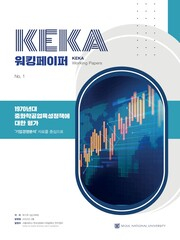
[No. 27] Colleges and Local Labor Markets in South Korea

[No. 26] A Study on the Current State of Korean Studies Education in Southeast Asian Universities
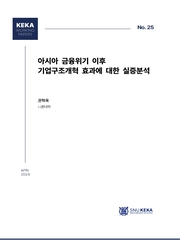
[No. 25] An Empirical Analysis of the Effect of Corporate Structural Reform after the Asian Financial Crisis
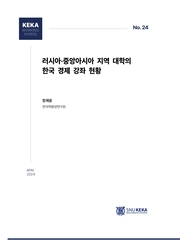
[No. 24] Current status of Korean economy courses at universities in Russia and Central Asia
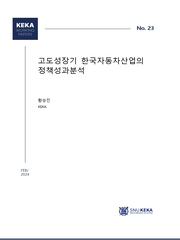
[No. 23] Policy Performance Analysis of Korea's High-growth Automobile Industry
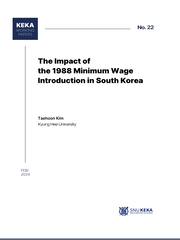
[No. 22] The Impact of the 1988 Minimum Wage Introduction in South Korea
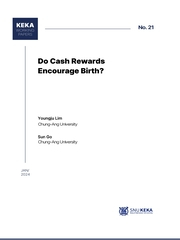
[No. 21] Do Cash Rewards Encourage Birth?
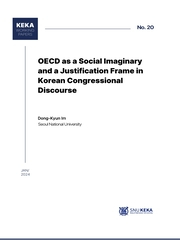
[No. 20] OECD as a Social Imaginary and a Justification Frame in Korean Congressional Discourse
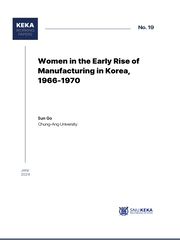
[No. 19] Women in the Early Rise of Manufacturing in Korea, 1966-1970
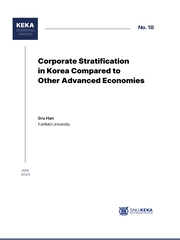
[No. 18] Corporate Stratification in Korea Compared to Other Advanced Economies
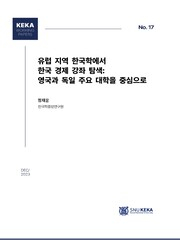
[No. 17] Exploring Korean Economy Courses in Korean Studies in Europe: Focusing on Major Universities in the UK and Germany
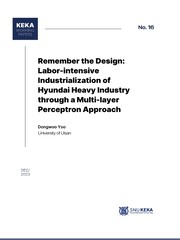
[No. 16] Remember the Design: Labor-intensive Industrialization of Hyundai Heavy Industry through a Multi-layer Perceptron Approach

[No. 15] Escape from the fiscal-capacity trap in Korea, 1800-2000
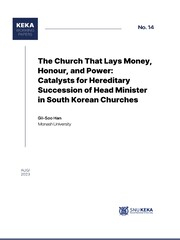
[No. 14] The Church That Lays Money, Honour, and Power: Catalysts for Hereditary Succession of Head Minister in South Korean Churches

[No. 13] A Study on Korean Economy at Major Universities in the United States
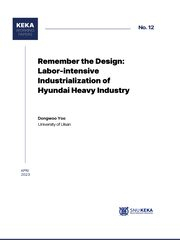
[No. 12] Remember the Design: Labor-intensive Industrialization of Hyundai Heavy Industry
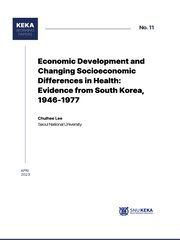
[No. 11] Economic Development and Changing Socioeconomic Differences in Health: Evidence from South Korea, 1946-1977
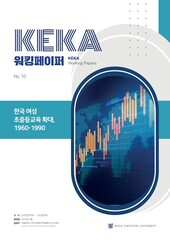
[No. 10] The expansion of women’s elementary and secondary education in Korea, 1960-1990
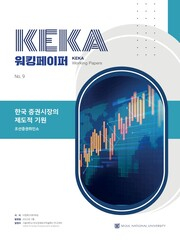
[No. 09] The Origin of Korean Stock Market – Choseon Stock Exchange
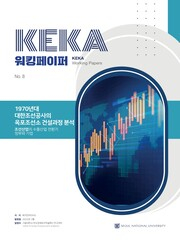
[No. 08] Analysis of the Construction Process of Okpo Shipyard by Korea Shipbuilding and Engineering Corporation in the 1970s
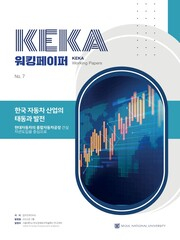
[No. 07] The Beginning and Development of Korean Automobile Industry
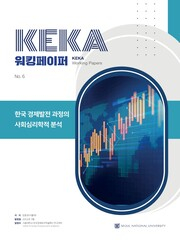
[No. 06] Social-Psychological Analysis of the Economic Development of South Korea
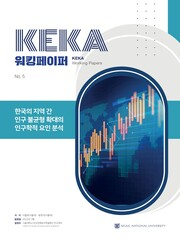
[No. 05] Demographic Decomposition of the Increase in Population Disparity in Korea
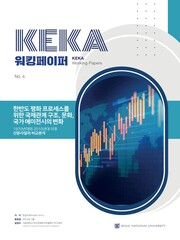
[No. 04] Domestic and International Relations Structure, Culture and Agency for the Korean Peninsula’s Peace Process
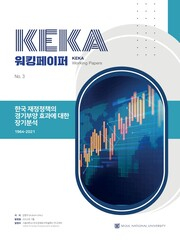
[No. 03] On the Stimulus Effect of Korean Fiscal Policy: 1964-2021
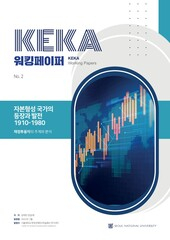
[No. 02] Fiscal Investment and Loan and Making of Capital Formation State in Korea, 1910-1980
